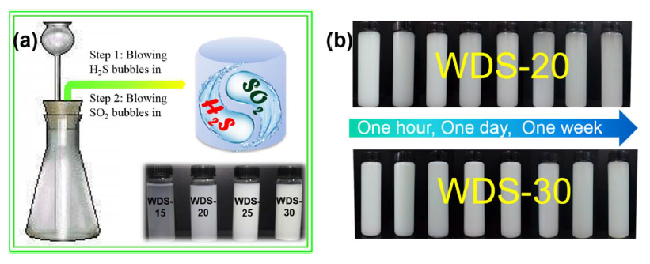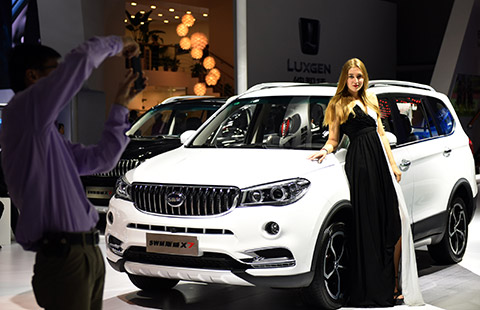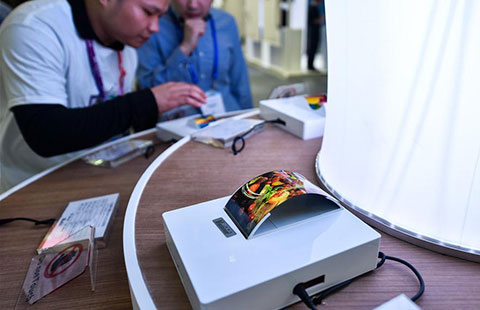Smog pollutants turn into super 'power bar' for electric vehicles
A winner of the National Science Fund for Distinguished Young Scholars from Tianjin University successfully achieved “green” manufacture of water-dispersed sulfur nanoparticle (WDS), which as an electrode material and an interlayer can efficiently improve the performance of Li-S batteries in electric vehicles.
Although dominant pollutants of smog like sulfur-containing gases may cause serious health problems, Professor Yang Quanhong and his research team use them to produce water-dispersed sulfur nanoparticles for lithium-sulfur (Li-S) batteries.

The Li-S battery with ultra-high energy density is one of the major factors in the future development of electric vehicles. Breaking the limitations of traditional disposal methods,it is a great innovation to convert waste sulfur into active material usable in Li-S batteries in a highly efficient way.
According to Yang, the research team has been striving to turn air pollutants into something key to new energy storage devices since 2013. Their recent experiments show that H₂S and SO₂ gases can play a certain role as a “power bar” in an Li-S battery. Researchers accomplished redox reactions of H₂S and SO₂ with water as the reaction medium, a totally “green” method that produces only water-dispersed sulfur nanoparticles and water.
This ingenious groundbreaking conception killed two birds with one stone. The sulfur nanoparticles could greatly improve Li-S batteries' performance and industrialization, according to Professor Lu Jun, a battery expert from Argonne National Laboratory in the US.
The research results have been published in Nano Energy, a prestigious international journal in the field of nanoscience and energy applications.


















